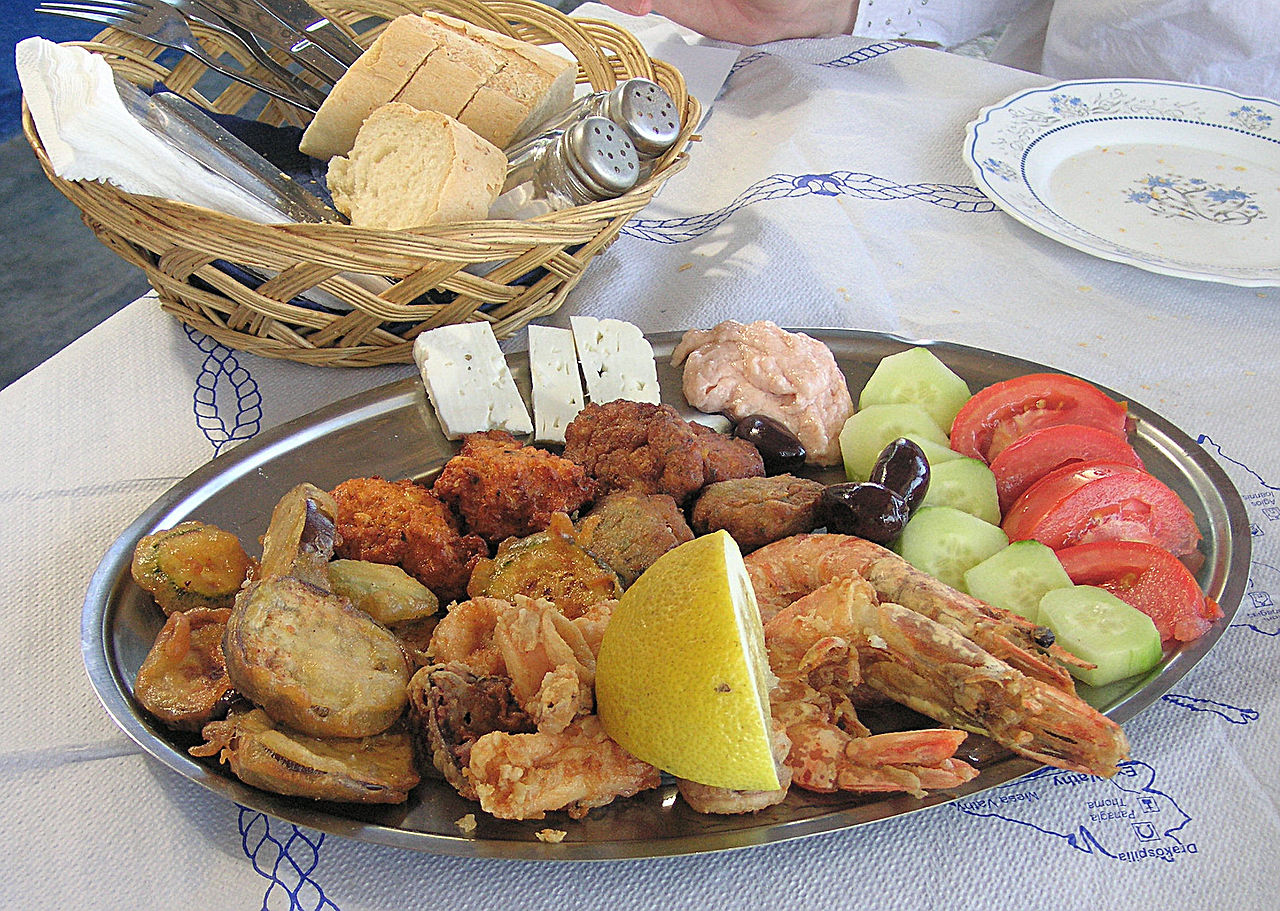
05 Apr Healthy Nutrition
I titled this entry “Healthy Nutrition” not Healthy Diet. Why, you ask? This is because diet suggests short term, where your nutrition is lifelong. After all, your body is the best machine you can use and, like a machine, it needs constant quality fuel. But, knowing what nutrition path is right for you can involve trial and error, because no nutrition plan is one size fits all. Another thing to keep in mind is that your overall goal with your nutrition. The goal you are working towards will determine your overall portions of fats, carbohydrates, and proteins through the day. We will be looking at multiple nutrition paths you can take. Most people are familiar with the super low calorie or high protein diets, but in this we will cover other nutrition plans that are sometimes overlooked. Please keep in mind that these nutrition plans are not a one size fits all and, in some cases, you should consult with a nutritional or medical professional before you jump into a plan.
Vegan and Vegetarian
Speaking from personal experience, the vegan nutrition path can be very challenging but also rewarding. The vegan path is completely plant based and excludes all animal products. This means no meat, fish, eggs or dairy. But there are a few other dietary approaches that will limit or restrict animal products to a certain degree.
The vegetarian path can be a little more forgiving. Even though it is primarily a plant-based path, some restrictions can be lifted depending on the level you go. The Lacto Vegetarian allows for the use of dairy in the nutrition. Where the Lacto-Ovo Vegetarian also allows for the use of eggs and dairy. The next version is the Pescetarian, in this path the vegetarian can allow eggs, dairy and fish. Finally, the Flexitarian is primarily vegetarian but will allow for the use of dairy, eggs and meats on occasion.
The current research shows that these plant-based diets aid in reducing the risk of heart disease and cancer but doesn’t necessarily show a change in the overall mortality. Research did also show there is an association between processed meat consumption and cancer, primarily colon cancer.
Ketogenic or Keto
Even though this nutrition plan has gained a lot of popularity in the recent years, it was actually developed back in the 1920s as a way to reduce seizures for epilepsy patients. The Keto nutrition plan involves getting the largest percentage from fats, a moderate amount from protein and a small amount from carbohydrates. This nutrition method leads to the state of ketosis. Ketosis is a natural metabolic state that takes place when the body starts producing ketones from fat. In this state,
the body can use the ketones as the source of fuel instead of glucose. Because of the higher fat intake, this plan can lead to an increase in LDL (bad) cholesterol. It is recommended that you consult with a doctor for regular blood tests to make sure your blood markers stay in a healthy range.
Mediterranean
This plan was put together because of the good health experienced by the populations living in the Mediterranean, primarily in Greece, Italy, and Spain. This nutrition plan is rich with fresh fruits, vegetables, grains, and nuts as well as a liberal amount of olive oil. Even though it is very light in red meats, it does have a moderate amount of fish, poultry, and dairy such as yogurt and cheese. However, the good health is also due to the proper rest and physical activity. This plan has been shown to reduce the risk of many chronic diseases, as well as been shown as an effective weight loss plan.
Paleolithic or Paleo
This nutrition approach focuses on foods humans were claimed to have exposed to during most of our evolutionary history such as meat, fish, vegetables, fruit, nuts, and seeds. Paleo restricts the use of legumes, grains, dairy and processed foods. But this represented list of foods is not in concordance with standing evidence of what out ancestors likely consumed. In short-term trials with healthy people has shown the paleo nutrition path can lead to weight loss and improvements in blood markers such as insulin, cholesterol, and triglycerides. It is however possible that the fat loss benefits have been because of the lower calorie consumption.
Gluten-Free
What is gluten? Gluten is the term used to describe a collection of proteins found in grains. Wheat gluten refers to the proteins Gliadin and Glutenin, but barley and rye are also considered grains containing gluten. A few of the gluten free grains include rice and corn. For many years doctors have prescribed gluten free diets for patients to manage celiac disease as well as wheat allergies. For these individuals this plan becomes a lifelong practice in order to control the effects of celiac and allergies. Even though the purpose of this meal plan was for treating disease and allergies, others have used it as a means to try weight loss.
Have questions or need help with nutritional planning? Contact us.


No Comments